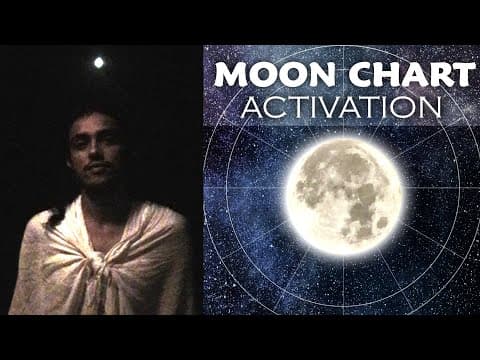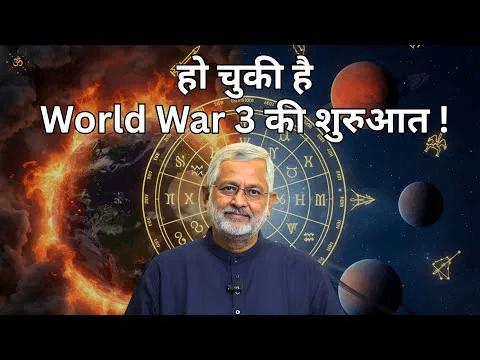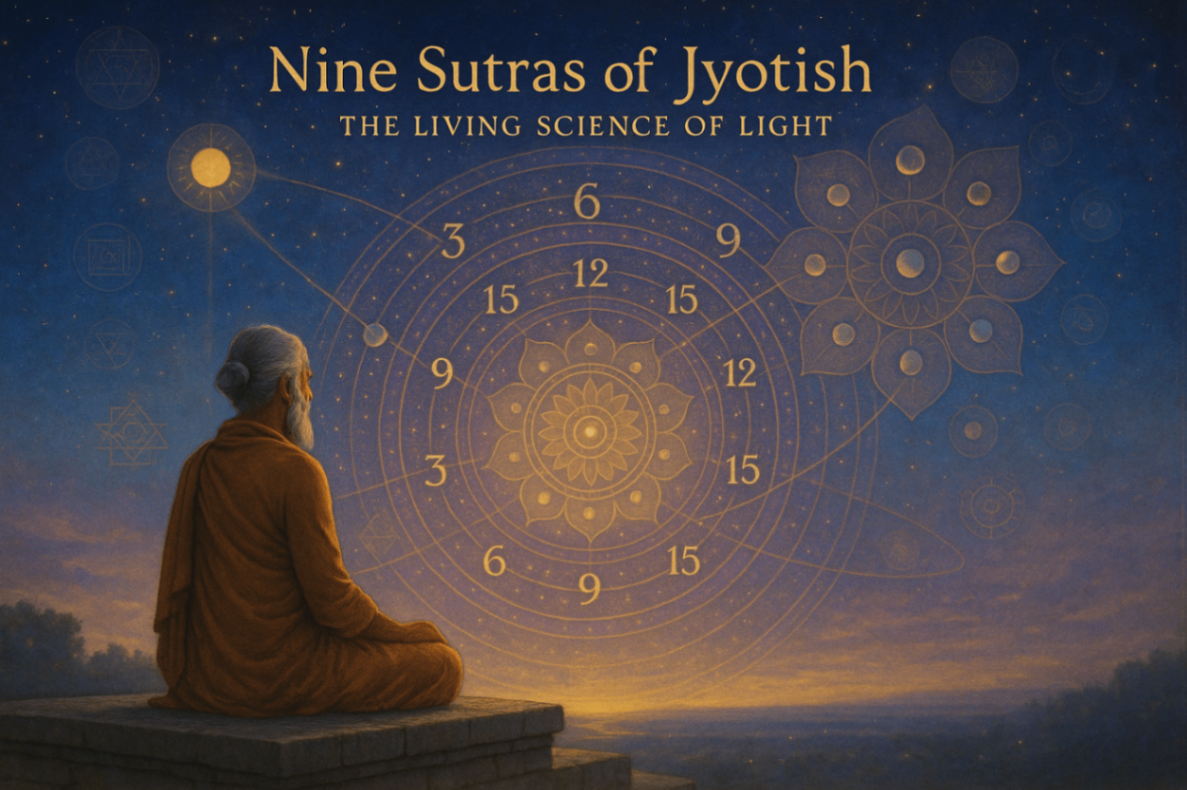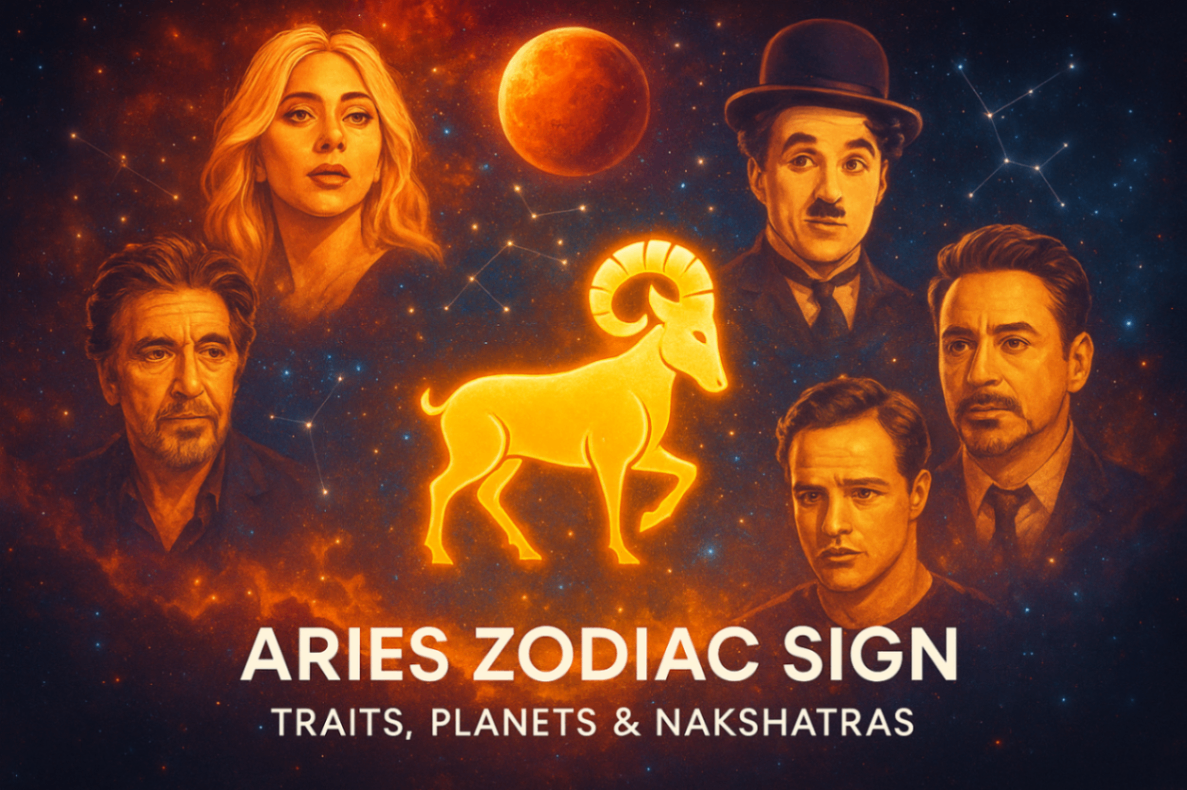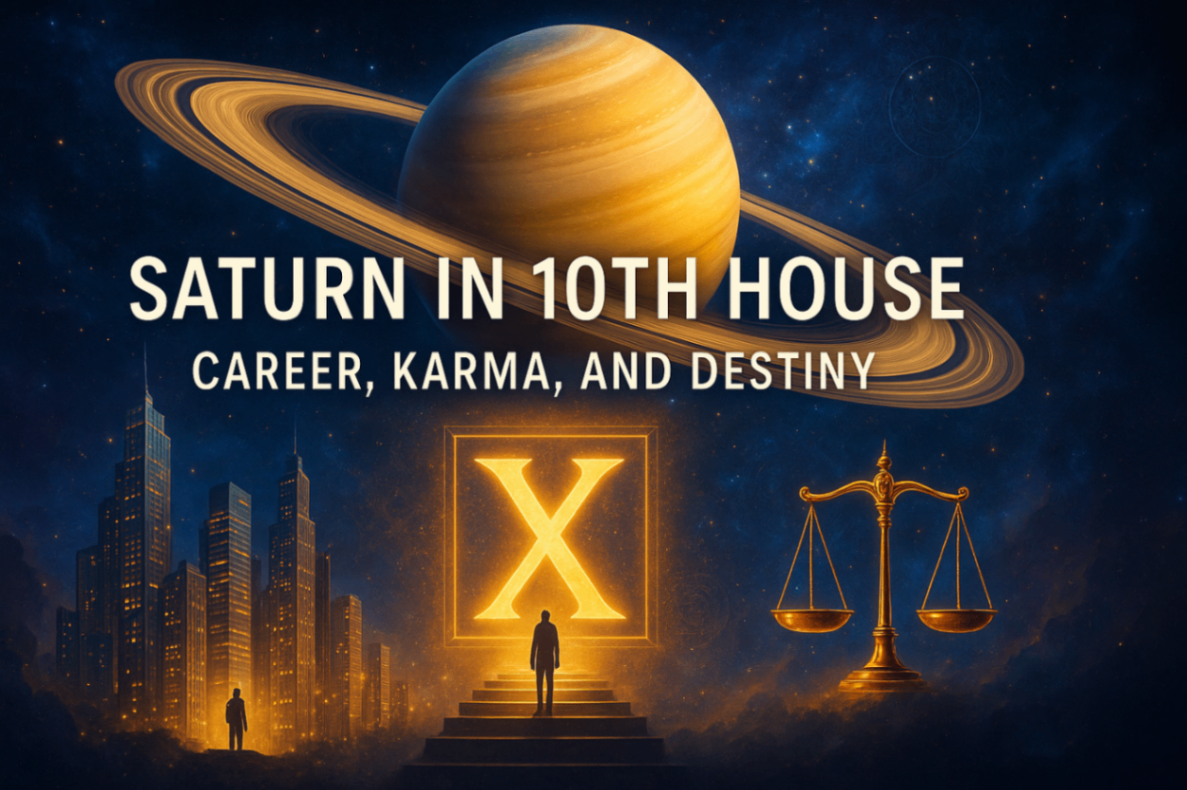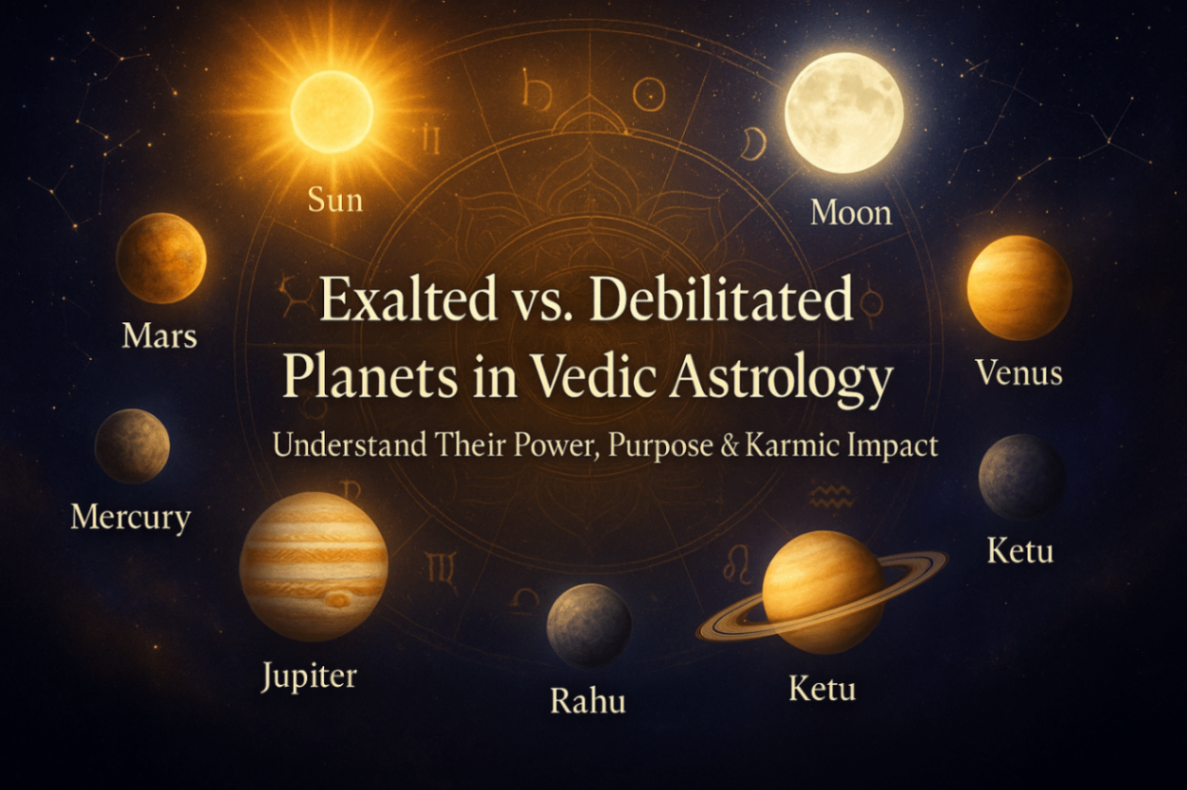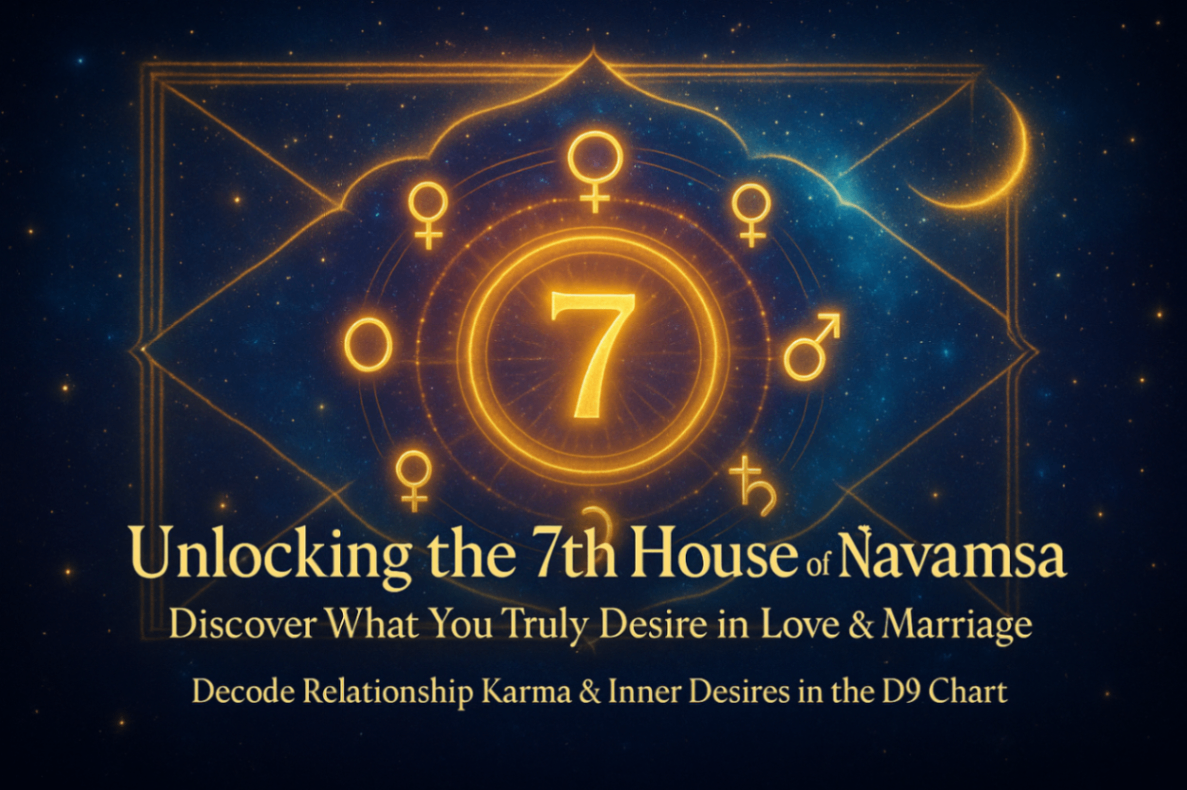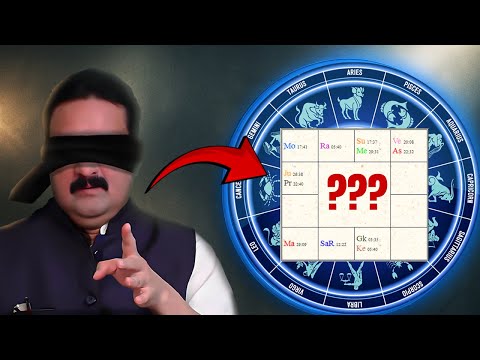Understanding Moon Chart Activation in Vedic Astrology
Vedic astrology, a system steeped in traditional knowledge with roots stretching back through centuries, offers profound insights into the human psyche and life's various phases through the lens of celestial movements and positions. Among the many components of this ancient science, the Moon chart or Chandra Kundli holds a significant place as it is intimately linked to the mind and emotions of an individual.
The Role of the Moon in Vedic Astrology
In Vedic astrology, the Moon is considered the significator of the mind and emotions. It governs the mental state and emotional makeup of an individual. The placement of the Moon in one's birth chart reflects their emotional nature, instincts, unconscious habits, memories, and the immediate reactions to environmental stimuli. The Moon's position is crucial in understanding an individual's behavior patterns and emotional responses.
Moreover, the Moon is associated with motherhood, femininity, and nurturing behavior. It influences various aspects of life including relationships, love, and emotional exchange in personal interactions. Understanding the Moon's placement can, therefore, provide deep insights into an individual's personal life and relationships.
Saturn's Role and the Concept of Saturn Return
Saturn, another pivotal planet in Vedic astrology, symbolizes discipline, responsibility, and the structure of life. It represents time, maturity, and the hard lessons learned through experience. Saturn's 29.5-year cycle to transit all the 12 zodiac signs is considered very important in an individual's life, marking crucial life stages, particularly the Saturn Return.
The Saturn Return, occurring roughly around the ages of 29, 58, and 87, signifies a time of significant change, reflection, and maturity. It is a period when Saturn returns to the same position it was in at the time of a person's birth. This astrological milestone is often associated with a coming of age, a time when life's lessons are crystallized, and a greater sense of purpose and direction is established.
Moon Chart Activation at Age 32
The activation of the Moon chart at the age of 32 is closely linked to the maturation process marked by the first Saturn Return. By the age of 29, as Saturn completes its cycle through the zodiac, a foundational level of maturity and reality-testing has occurred. This period lays the groundwork for the activation of the Moon chart.
By 32, it is believed that an individual has achieved a sufficient level of mental and emotional maturity. This maturity allows the Moon chart to become more influential, effectively guiding and impacting the individual’s mental and emotional state. The activation suggests that the mind is now orderly and mature enough to harness and utilize the deeper insights provided by the Moon’s placement in one’s astrological chart.
This activation is not an abrupt change but a gradual unveiling of deeper layers of the psyche and improved emotional understanding and management. The individual might experience greater clarity in emotions, enhanced intuition, and a better understanding of their emotional needs and the emotional needs of others around them.
Implications of Moon Chart Activation
With the activation of the Moon chart, individuals may find themselves more in tune with their inner selves. They might notice more synchronicity in life, a better relationship with their own emotions, and a more empathetic approach towards others. It’s a time when the emotional and mental energies are aligned, potentially leading to more fulfilling personal relationships and effective handling of life’s challenges.
Furthermore, this period can also enhance creativity as the Moon also governs imagination and creativity. Individuals might find themselves more drawn to artistic pursuits or find creative solutions to problems more naturally.
Mythological and Real-Life Relevance
In mythological contexts, the Moon has always held a place of significance. In Hindu mythology, the Moon, or Chandra, is considered a nurturing force, providing cool and soothing energy that balances the fiery energy of the sun. The life cycles governed by the Moon, such as the waxing and waning, symbolize the eternal cycle of life, death, and rebirth, mirroring the human emotional cycles.
In real life, many cultures and traditions pay homage to the lunar cycles. Festivals, farming, and even hair cutting are planned according to the lunar calendar, emphasizing the influence of lunar phases on human activities.
Conclusion
Understanding the activation of the Moon chart in Vedic astrology provides not only insights into one’s emotional and mental constitution but also offers a framework through which one can navigate their personal growth and development. As the Moon governs the mind and Saturn teaches us through time, their combined influences at specific ages mark profound periods of personal introspection and evolution, reflecting the beautiful and complex interplay of the cosmos in our daily lives.
